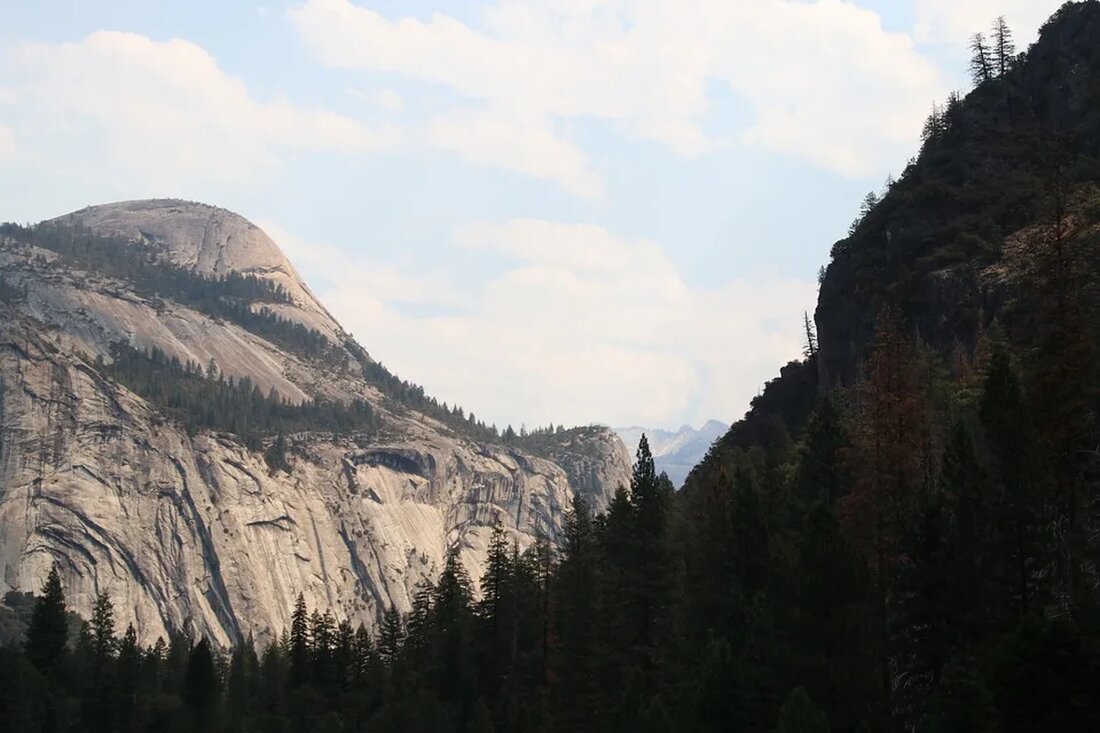The impact of humans on deserts
Deserts make up around a third of the Earth's total land area and play an essential role in the global climate and biological diversity. Yet despite their apparent pristineness and inaccessibility, human activities have a significant impact on these special ecosystems. This article will examine how humans impact deserts and the associated ecological consequences. Human settlement and land use Early human activities Humans settled and used deserts thousands of years ago. Early inhabitants, such as the indigenous people of North America and the Sahara, lived nomadically and adapted to extreme conditions. Their way of life was based on hunting, gathering and later...

The impact of humans on deserts
Deserts make up around a third of the Earth's total land area and play an essential role in the global climate and biological diversity. Yet despite their apparent pristineness and inaccessibility, human activities have a significant impact on these special ecosystems. This article will examine how humans impact deserts and the associated ecological consequences.
Human settlement and land use
Early Human Activities
People have settled and used deserts thousands of years ago. Early inhabitants, such as the indigenous people of North America and the Sahara, lived nomadically and adapted to extreme conditions. Their way of life was based on hunting, gathering and later on small-scale agriculture. These early human activities had minimal impact on the desert environment.
Modern land use
Over time, the intensity of human use has increased. Agriculture, livestock farming, mining and urbanization have become the dominant forms of land use in deserts. The impact ranges from soil degradation to worsening water and air quality.
In particular, the extensive use of groundwater for irrigated agriculture has dramatic effects. In many desert areas, excessive groundwater extraction leads to lowering of groundwater levels and, in some cases, complete drying up of water sources.
Climate change and global warming
Human-caused climate change is having serious impacts on deserts worldwide. A 2016 study in the "Journal of Climate" reported that about 35% of global desert area has increased since the 1980s due to climate change.
Increased temperatures
Global warming is leading to higher temperatures in desert regions. These increased temperatures can lead to higher evaporation rates, further limiting the already low availability of water and causing deserts to become even drier and hotter. This makes living conditions for people and animals in these areas even more difficult.
Change in precipitation
Changes in precipitation due to global warming can also have far-reaching effects on deserts. On the one hand, less rainfall can lead to even drier conditions. On the other hand, increased rainfall and flooding can erode soil and damage vegetation.
Deforestation and drainage
Deserts are often surrounded by densely populated areas that have already been heavily modified by human activity. This influences the desert climate and the underlying ecosystem. A major problem in this context is deforestation and drainage of adjacent areas.
Deforestation
Removal of trees and vegetation near desert areas can result in increased sand drift and sandstorm activity. This leads to further spread and expansion of deserts, a process known as desertification.
Drainage
Similarly, draining swamps and wetlands near deserts can be another catalyst for desert spread. These areas provide an important barrier against encroaching deserts. Draining them enables faster desertification and influences the desert's flora and fauna.
Decisive measures and solutions
Given these threats and challenges, comprehensive protective measures and solutions are necessary.
Sustainable land use
One possibility is to promote sustainable land use practices. This could include, for example, improved irrigation practices, the use of more resistant plants for cultivation and the eradication of invasive species.
Reforestation
Reforestation and restoration of lost vegetation are effective methods to combat desertification. Trees and plants are planted to stabilize the soil and prevent erosion. This also contributes to improving the local climate and preserving biodiversity.
Conclusion
Human impacts on deserts are extensive and complex. Through land use, global climate change and other activities, our impact on these unique landscapes has profound ecological impacts. It is critical that we continue to deepen our understanding of desert ecology and adopt more sustainable practices to protect these unique and invaluable ecosystems.

 Suche
Suche
 Mein Konto
Mein Konto
